Standards and criteria
From 1 May 2022, all rTMS providers will be required to complete a RANZCP-endorsed rTMS training course to use the Medicare Benefits Schedule (MBS) items.
Training courses should demonstrate:
- the qualifications of the providers, including having appropriate educational background (industry-independent) and ability to provide training for rTMS in an Australian clinical context. This should include interpretation of relevant research data by psychiatrists with appropriate academic and clinical skills.
- the methodology and structure of the training
- how the providers will evaluate the competency of the participants (exit written/practical tests and certification desirable)
- evaluation of the quality of the training.
It is suggested that any training course be comprised of three core components:
- theoretical and didactic knowledge;
- hands-on training;
- observation and supervised practice.
This covers three general topics: knowledge; safety and ethics; technical applications and hands-on training.
Each area is further subdivided into competencies, each covering a specific aspect, detailed below.
This list is the minimum requirements for an rTMS training course and psychiatrists can further their knowledge outside these competencies and skills.
rTMS competencies and skills
Competency area: knowledge
Skills
1. Basic mechanisms of rTMS including:
- Core components of a TMS device
- Principles of electromagnetic induction and coupling
- Coil wiring, orientation and stimulating current direction
- Safety issues in operating TMS devices
- Methods for targeting rTMS.
2. Neurological principles of TMS-induced brain activity:
- Depth of stimulation
- Coil orientation and response to motor cortex stimulation
- Local and distant neuronal effects
- Effects of concurrent medications.
3. General Risks of single pulse and repetitive TMS
4. Knowledge of evidence base for the range of rTMS montages and parameters
- Understanding of the implications of these various montages and parameters settings for individual patient, including:
i. Determination of most suitable montage of coil placements (treatment site) such as right vs left hemispheres.
ii. Determination of most suitable frequency, train duration, number of pulses in course, treatment frequency
iii. Determination of motor threshold, and setting dose relative to motor threshold
iv. Determination of most suitable treatment intervals and length of course schedule
v. Keeping records including outcome measures.
5. Regulatory and professional standards landscape:
- RANZCP guidelines
- TGA approval
- Knowledge of relevant MBS item numbers
- Local credentialling requirements
- Cultural safety
- Privacy.
6. Evidence base on efficacy and safety of rTMS in psychiatric conditions.
Competency area: safety and ethics
Skills
7. Screening and risk stratification:
- Advanced knowledge of indications and contraindications
- Clinical care of patients receiving rTMS, including:
i. Pre-rTMS work-up and assessment
ii. Obtaining informed consent
iii. Need for adjustment of the patients’ medication regime or augmenting therapies.
iv. Monitoring therapeutic response to rTMS, including use of rating scales and quality of life measures.
v. Monitoring and managing side effects to rTMS
vi. Making a decision about when and how to cease rTMS
vii. Post course assessment and potential
8. Diagnosis and management of seizure and syncope
9. Hearing protection
10. Recognising and addressing needs of special populations:
- Pregnant women
- Children and adolescents
- Older people
- Patients with seizures.
11. Recognising and addressing disease-specific conditions and complications. Complications include:
- Suicidality
- Hypomania
- Pain exacerbation.
Competency area: Technical applications and hands-on training
Skills
12. Device operation of all aspects of an rTMS device, including equipment maintenance, troubleshooting, and how to set tTMS montages and stimulus parameters
13. Scalp measurements
14. Methods for Targeting rTMS:
- Scalp based landmarks
- Coil location, orientation, angulation
- Neuronavigation.
15. Basic application of rTMS:
- Finding motor hotspot
- Assessing resting motor threshold
- Assessing active motor threshold.
16. Conventional rTMS
17. Theta-burst Stimulation
Adapted from IFCN guidelines incorporating further RANZCP requirements.
Notes
- All rTMS training courses are assessed by the rTMS Subcommittee of the Committee for Continuing Professional Development (CCPD) against the Educational Criteria.
- The RANZCP subcommittee will assess courses against standard criteria for endorsement of CPD courses. In addition, the courses will be assessed against specific criteria required for rTMS courses.
- The RANZCP has noted the following recommendations from international guidelines in developing guidelines for the Australian context and specifically for clinical treatment with rTMS: Training in the practice of non-invasive brain stimulation: Recommendations from an International Federation of Clinical Neurophysiology (IFCN) committee (March 2021).
- It is noted that the IFCN requirements are geared at applications of rTMS to the motor cortex, research applications and the US context (e.g. FDA regulations) however, these have been adapted for the Australian context (e.g. RANZCP guidance, TGA regulations, Medicare item numbers).
